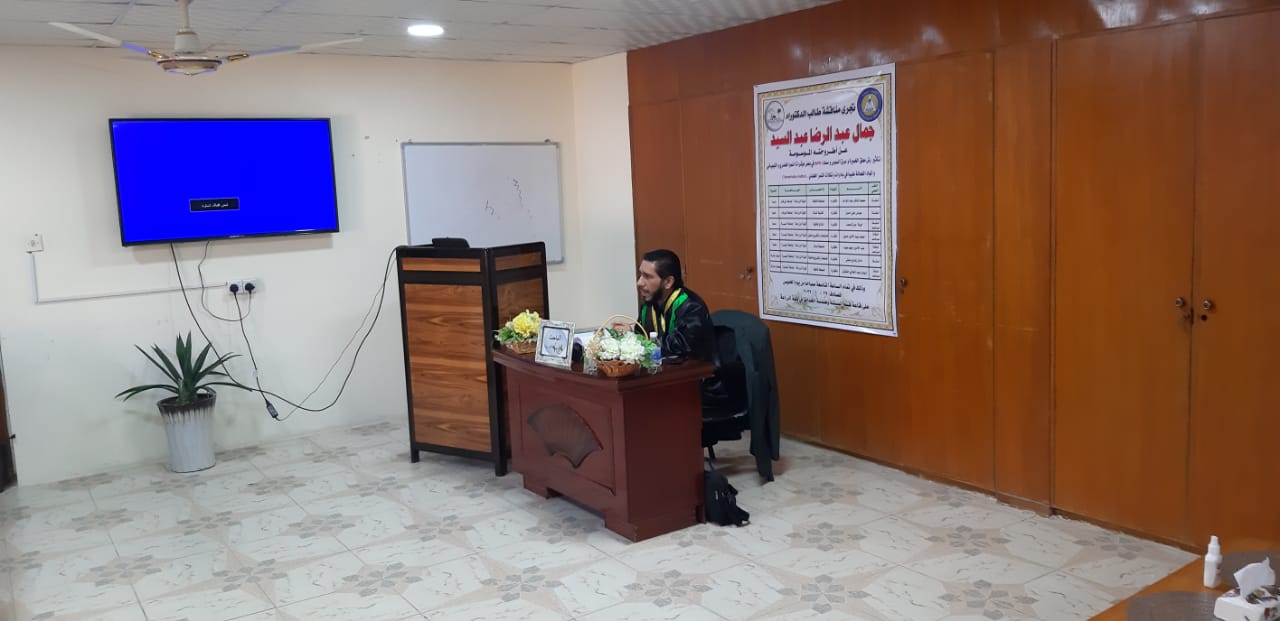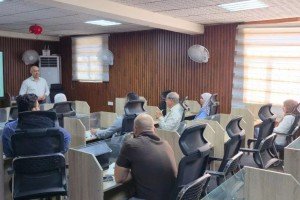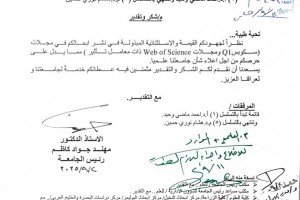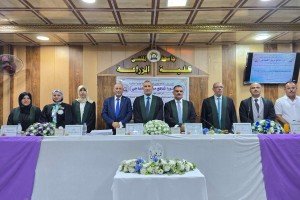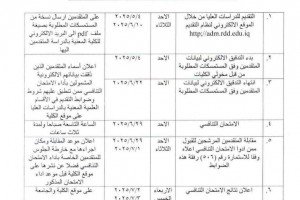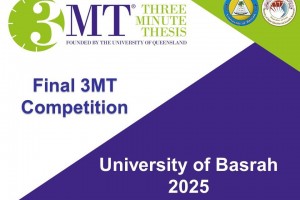
The thesis of the researcher (Jamal Abdel-Reda Abdel-Sayed Al-Rabiah) included the sexual reproduction of tamarind plants and the study of the effect of temperature and relative humidity rates on the germination of treated seeds, in addition to a study of spraying seedlings and seedlings with yeast suspension at concentrations (0, 2.5, 5, 7.5) g.l- 1 and licorice root extract at concentrations (0, 2.5, 5, 7.5) g.l-1 and the addition of the chemical fertilizer NPK+TE at levels (1,0.5,0) g.plant-1 and knowing their effect and the effect of their interactions on some indicators of vegetative growth and content The chemical and the proportions of the emergence of medically effective compounds in tamarind seedlings and seedlings. The thesis aims to test the extent of the possibility of introducing, cultivating and developing new plants such as tamarind plants, which are considered one of the most important plants globally in the fields of food, industry and medical treatments, which are introduced for the first time to Iraq through this experiment, as the study is the first of its kind in Iraq that specializes in the propagation of this plant Sexually under the climatic conditions of Basra Governorate, in addition to knowing the extent to which it is possible to improve the characteristics of vegetative growth, chemical content and the percentages of emergence of medically effective compounds by treating plants with some natural extracts and compound fertilizers and comparing them with plants that were naturally grown without treatment to come up with recommendations and a complete work program for the success of cultivation, development and improvement of date plants Indian, which is considered one of the very rare plants in Iraq. The study concluded that there is a very high possibility to include such types of rare plants within environmental determinants, special treatments, and a specific work program that was diagnosed through this experiment. Years, the study also determined the possibility of increasing the ability of these plants to adapt and improve the characteristics of vegetative growth, chemical content and percentages of emergence of medically effective compounds through experimental factors that were used on plants with different concentrations. The experiment succeeded in reaching these goals. The thesis recommended paying attention to conducting more studies to introduce new economically and medically important plants to Iraq and to test the effect of more natural extracts on them, especially since the world is heading to stimulate diversity in productive vegetation cover and sustainability and encourage the use of natural extracts that do not negatively affect the environment and plants.
